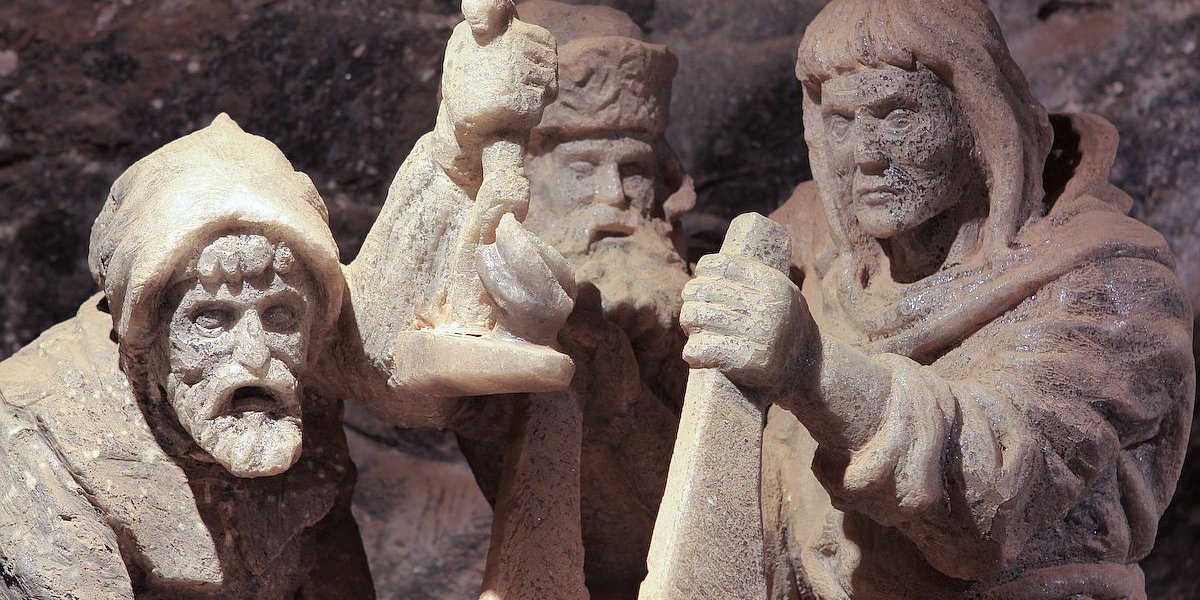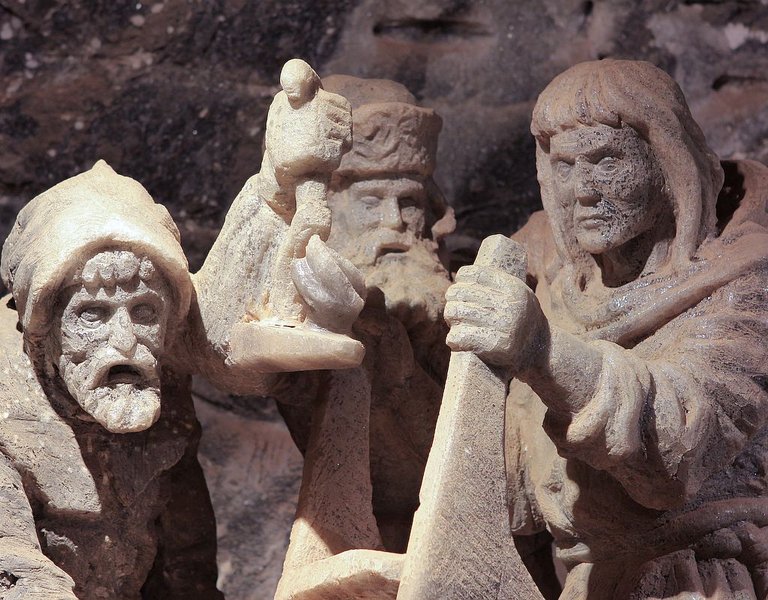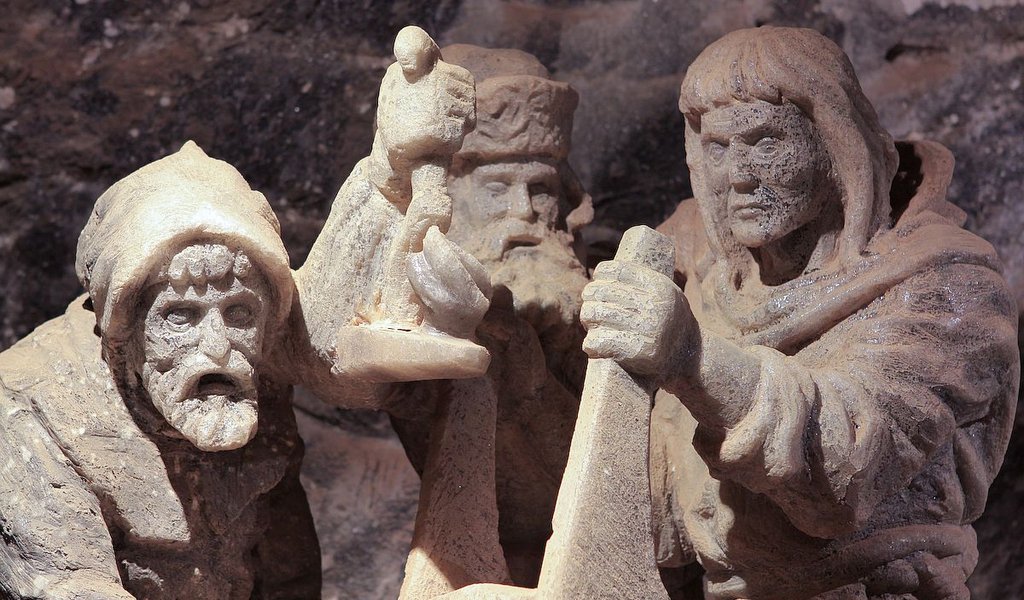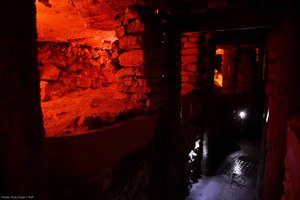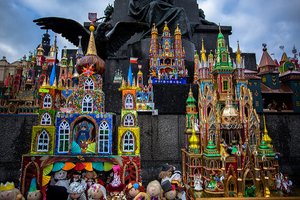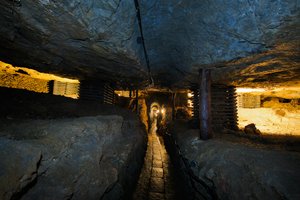Royal Salt Mines in Wieliczka and Bochnia
The deposits of rock salt in Wieliczka and Bochnia have been mined since the 13th century. The mines are the oldest of their type in the world.
The Wieliczka mine
It is the oldest operating salt mine in the world. It illustrates the historic stages of the development of mining techniques in Europe from the 13th to the 20th century. It encompasses 9 levels, 2040 chambers and 360 km of galleries that form a mysterious labyrinth. Unique altars, statues and entire underground chapels with reliefs and chandeliers sculpted in salt transfer visitors to an amazing, fairy-tale world. Especially renowned for its beauty is St Kinga’s Chapel, whose size - 54 metres long, 18 metres wide, 12 metres high – has earned it the nickname “underground salt church.”
The mine houses an underground post office, restaurant, cinema, tennis court, and sanatorium which offers allergy and asthma treatment. It is a venue for concerts, theatre performances, and balls. You will find here the world’s deepest lying (approx. 125 m) hotel and playground for children. Each year, the mine attracts over a million visitors from all around the world.
The Bochnia Salt Mine
It was opened in the 13th century under the reign of Duke Bolesław the Chaste and his wife Kinga, 40 years before the mine in Wieliczka. Today it is not operating. The pits of the salt mine in Bochnia encompass unique chambers of a characteristic shape and geological structure, such as the Ważyn chamber – the largest man-made underground room in Europe with a healing microclimate. Chapels sculpted in stone can also be admired there.
The mine houses an Underground Multimedia Exposition presenting the history of salt production. Next to the guide, stories are told by Polish kings, Genoa żupniks (managers of mining districts), as well as the ghost of a Cisterian monk, with whose order the establishment of the mine in Bochnia can be associated. The mine may be visited on foot or by boat.
17.09.2014
